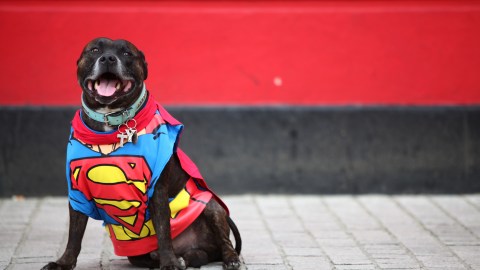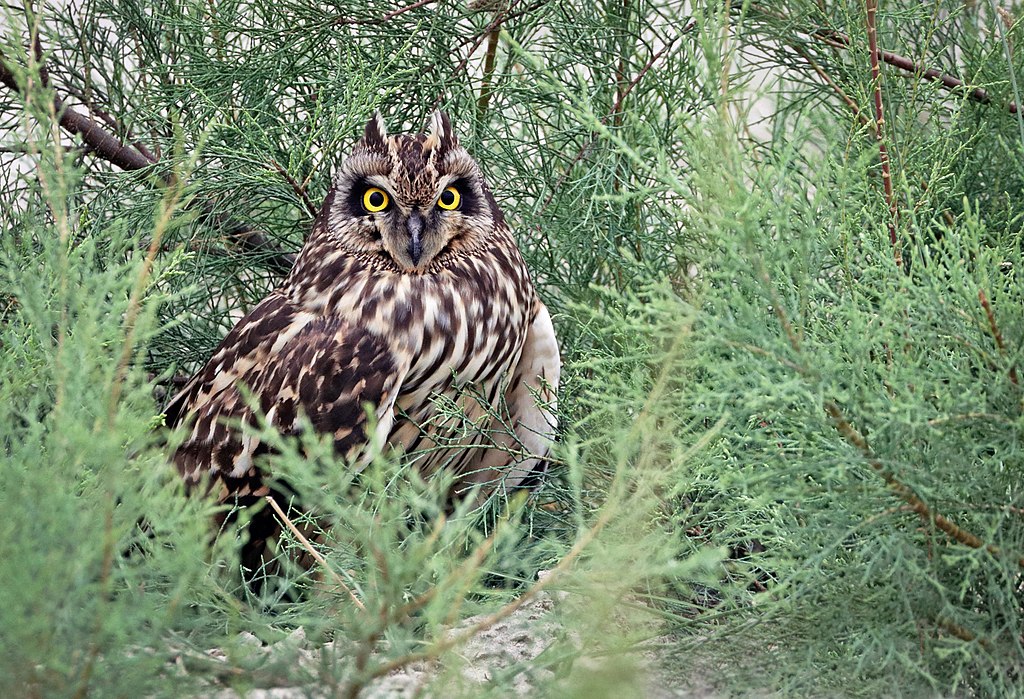Dogs and Other Animals May Be More Self-Aware Than First Thought

New studies have been coming out that show that dogs are smarter than we have traditionally thought. Dogs have certain prosocial abilities and advanced cognitive behaviors. Researchers have even uncovered some wild African dogs who vote through sneezing.
But how much self-awareness do dogs actually have? Dr. Alexandra Horowitz, a psychologist at Bernard’s College in New York City, wanted to find out. She and colleagues decided to test a hypothesis put forth by Italian biologist Prof. Roberto Cazzolla Gatti. He hails from Tomsk State University in Russia. Horowitz and colleagues conducted two experiments were performed at the Dog Cognitive Lab at Bernard.
There’s a well-known test for self-awareness called the mirror test. Researchers have been using it since the 1970s. You set up a mirror and see how the subject reacts to it. If they touch themselves rather than the mirror, the species is considered self-aware. Bonobos and orangutans recognize themselves, as do dolphins. The jury is still out on chimpanzees. Dogs not so much. Usually, a dog will bark at a mirror as if it’s another dog then ignore it.
The innovation here is that rather than sight, dogs navigate the environment through their sense of smell. So instead of a visual mirror, Horowitz and colleagues fashioned an olfactory one. Their findings were published in the journal Behavioural Processes.

Dogs rely on their sense of smell, which may make the mirror test a moot point. Credit: Georgia Pinaud, Lille, France. Wikimedia Commons.
Biologist Marc Bekoff back in 2001 noticed that when he took his dog Jethro for a walk, the pooch was more interested in the odor from other dogs’ urine than his own. But that had to mean he recognized his own urine. Bekoff conducted his own study over the course of five consecutive winters. He strategically moved the pee of Jethro and others dogs to see what his dog recognized and what he didn’t. This eventually became known as the “yellow snow” study. Bekoff concluded Jethro “clearly had some sense of ‘self’: a sense of ‘mine-ness’ but not necessarily of ‘I-ness’.”
Dr. Horowitz took this one step farther, borrowing from this and Prof. Cazzolla Gatti. The latter in 2016 proposed as a “Sniff test of self-recognition (STSR).” Dr. Horowitz ran two experiments. In the first, she recruited 36 domestic dogs and their owners. They allowed the dogs to roam free and smell any of three canisters within a penned-in area.
One contained their own urine, the second another dog’s, and the third their own urine again with another scent added in. The second experiment used only 12 dogs and changed the third urine sample to a more “neutral” scent. In both experiments the last canister, which had the dogs own urine with something added in, garnered the most interest.

Dogs are likely at least somewhat self-aware, though perhaps not as much as us. Credit: Getty Images.
There’s a variation of the mirror test, known as the mark test. If a mark is placed on a mirror, a bonobo for instance will try and remove it from its own face. This shows greater self-awareness. They know what they’re supposed to look like, what’s wrong, and how to fix it. So one grave difference is that even though the dogs knew something had changed in their sniff-related self-image, they didn’t have the ability to correct it. Dr. Horowitz believes this study shows that dogs are at least somewhat self-aware.
Dr. Gordon Gallup, creator of the mark test, disagrees. He defines self-awareness as “the ability to become the object of your own attention.” Increasing attention to something doesn’t prove the dog is self-aware, according to Gallup.
It may simply find the smell in that particular canister more novel. That doesn’t mean he or she recognizes itself. Gallup also questions the results of the mark test on dolphins, who cannot touch themselves the way say an orangutan can. Other experts believe the study’s methodology alone is noteworthy.
It stands in effect as a paradigm shift. We are now gaining insight into the self-consciousness of other animals. Before, we thought only humans and great apes had self-awareness. But it’s more than that. Scientists are now approaching other animals on species-specific abilities, to understand whether or not they’re self-aware and to what extent, in ways never considered before.
To learn more about the mirror test, click here:




